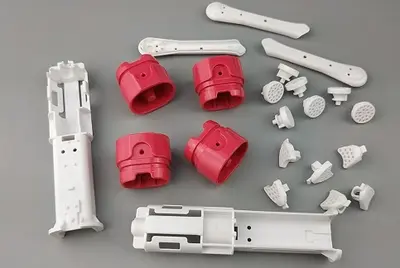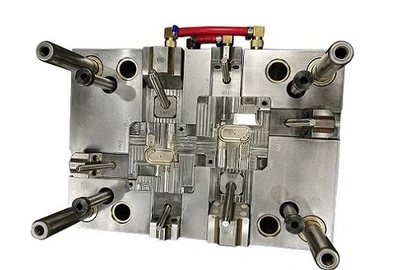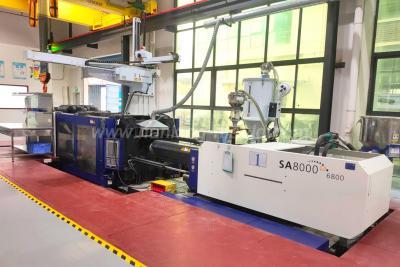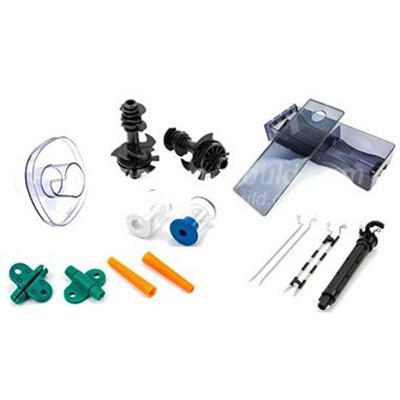

1. Remote control panel mould
The remote control is commonly used in our daily life. The panel surface of the remote-control panel is complicated, it is necessary to carry out the design and manufacturing of plastic moulds. According to the curved surface and structural characteristics of 3D drawing of the plastic parts and integrating effective mould processing technology to develop the structural design of the remote-control panel mould. The key parts of the mould for the remote control panel are divided into mould cavity, mould core and copper electrode, and then draw up the mould processing technology.
2. Analysis of processing technology of remote-control panel mould
In general, the remote control is composed of three components: the panel, the back cover and the rechargeable battery cover. The more complex construction is the panel. The more complicated structure is the panel. All the panels are composed of curved surfaces. The arc in the middle of the curved surface is small and round. A small gap is designed on the top of the plastic part to send data signals of the remote control. Eight internal buckles are designed on the inside side near the front and rear covers of the mobile phone. As for this mould design, it is a difficult problem to design the core-pulling equipment of guide rail sliders. Taking the injection moulding processing, production processing and production costs and other aspects into comprehensive consideration, the three parts of the remote control shall be designed in a set of moulds. It requires the use of standard moulds. Die core raw materials are made of high toughness die steel.
The precision of each layer of the remote control is very high, the wall thickness is evenly 1.2mm. The prescribed etching pattern on the surface is solved, and the front, the back cover of mobile phones and the cover of the rechargeable battery are well coordinated with each other. The remote controller is not fastened with screws, several fastener structures are designed on the front and back covers. Therefore, core pulling must be carried out. However, the route arrangement of core-pulling is relatively short. The buckle structure of the back cover adopts inclined guide pin organization while the panel buckle structure adopts oblique rail slider organization. In this way, mould size can be reduced to ensure the credibility of core pulling. The key and difficulty of mould design and production of the remote control panel is the 52 keyholes and cross-recess on the panel. Considering the aesthetics of the appearance, the design of the holes and grooves is complicated, they are divided into many steps and slopes in all directions. The size of the hole is not large, which brings great difficulties for design and production.
The key to mould core design is to solve the small gap of front-end development signal transmitter, 49 small keys and cross-recess. When designing the mould for the remote-control panel, the curved surface belonging to the front mould should be copied to the parts of the die in all directions. The analysis surface of the mould is a floor plan. The small gap in the front-end development and push data signal of the remote control is immediately widened forward to leave 11mm during the design, production and processing of the front and back die, and the pillow position is designed.






 Call us on:
Call us on:  Email Us:
Email Us:  1st Floor, Block1, No.3 Beiting Road, Houting Community, ShaJing Street, Bao'An District, Shenzhen City, Guangdong Province, China
1st Floor, Block1, No.3 Beiting Road, Houting Community, ShaJing Street, Bao'An District, Shenzhen City, Guangdong Province, China